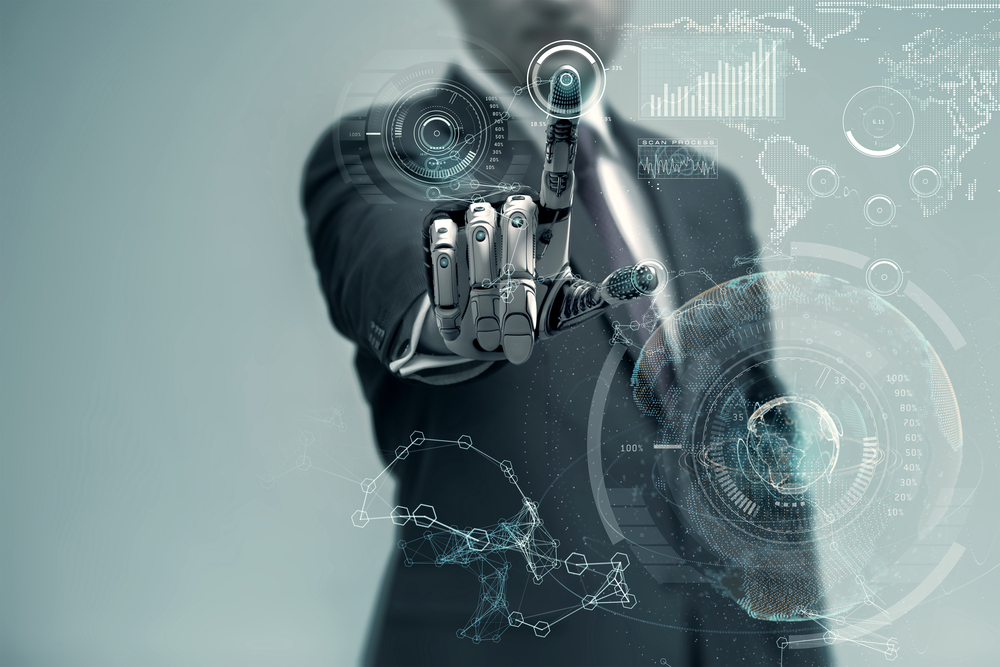By Athena Wang
A paper by Carl Benedikt Frey and Michael A. Osborne estimates that around 47 percent of total US employment is at risk of being replaced by computerisation within a decade or two. The chart below summarises key highlights from their paper, ‘The Future of Employment: How Susceptible Are Jobs to Computerisation?’ (September 17, 2013):| Probability of Computerisation | Profession |
| 0.0035 | Healthcare Social Workers |
| 0.0095 | Teachers and Instructors |
| 0.021 | Materials Engineers |
| 0.042 | Software Engineers |
| 0.75 | Civil Engineering Technicians |
| 0.94 | Accountants and Auditors |
| 0.96 | General Office Clerks |
| 0.97 | Real Estate Brokers |
| 0.99 | Telemarketers |
Fortunately, their study also highlights a strong negative correlation between educational attainment and salaries and the likelihood of computerisation. This suggests that one has to continuously upgrade their educational qualifications in industries of demand in order to ensure that one will not be replaced by automation.
Improvements in technology will not only determine the number of fresh graduates that are hired by firms, but also the type of work that new hires will perform. The accounting profession is taking on data analytics to crunch Big Data, which is defined simply as large data sets. These allow professionals to systematically analyse data to not only detect trends, but also analyse behavioural patterns.
With increased scrutiny over audit procedures over risk of management override of control, by regulators such as Public Company Accounting Oversight Board (PCAOB) and, closer to home, Accounting and Corporate Regulatory Authority (ACRA), the big four accounting firms have come up with their own data analytics system to analyse complete populations of journal entries. These tools provide the audit firms with a ‘smarter’ way to perform its procedures. Because of such innovations, interns and fresh graduates no longer spend copious amounts of time extracting data from systems. Instead, their focus will shift towards analysing and understanding anomalies detected from these tools.

Technology is also a double-edged sword with its ability to transfer knowledge and data easily. This enables developing countries to receive the necessary technology transfer where multi-nationals open their offices in these developing locations. It makes the workforce more mobile.
However, it also makes large corporations more mobile in closing down its operations in one part of the world to move to a more cost-effective location. This implies that countries have to continuously ensure competitiveness for foreign investment; the individual worker also has to continuously upgrade his or her knowledge and abilities to ensure that they will not be easily replaced.
However, it is also important to note that technology will never be able to fully replace a human being. nuTonomy, a technology start-up which launched the world’s first autonomous taxi service in Singapore, had one of its taxis meet with an accident on October 18, 2016 when it hit a lorry in Biopolis Drive at one-North. This seems to be the first autonomous vehicle accident in Singapore. The accident was believed to be due to “an extremely rare combination of software anomalies”.

In the past, the advancement of technology facilitated the shift from blue-collar to white-collar industries. Currently, as it seems, technology is facilitating the shift in not only the desired skill sets, but also in differentiating the workforce into ‘people with time’ and ‘people with no time’.
‘People with time’ enables the growth of industries such as Uber and Grab, where drivers with a car or an extra seat in their cars can pick up passengers. One can be an Uber or Grab driver without being a taxi driver. Homegrown mobile applications such as Honestbee and RedMart could complete your weekly grocery shopping, dry cleaning or pharmacy needs for you.
The future workforce has to be nimble enough to spot not only global but also technological trends in order to stay relevant.
Governments also play an important role in ensuring and educating its population as well as setting direction for educational institutes to pre-empt and minimise technological unemployment.
















